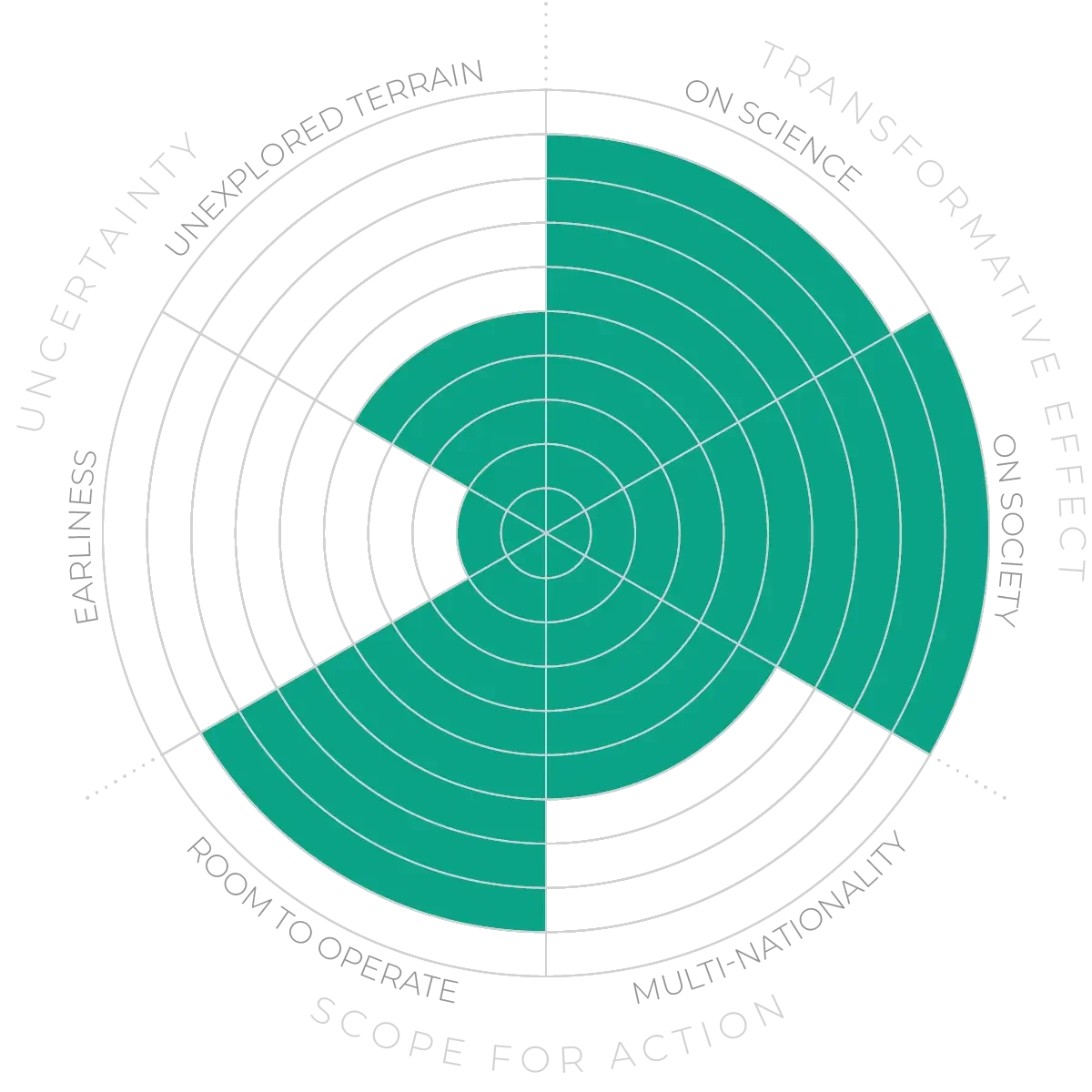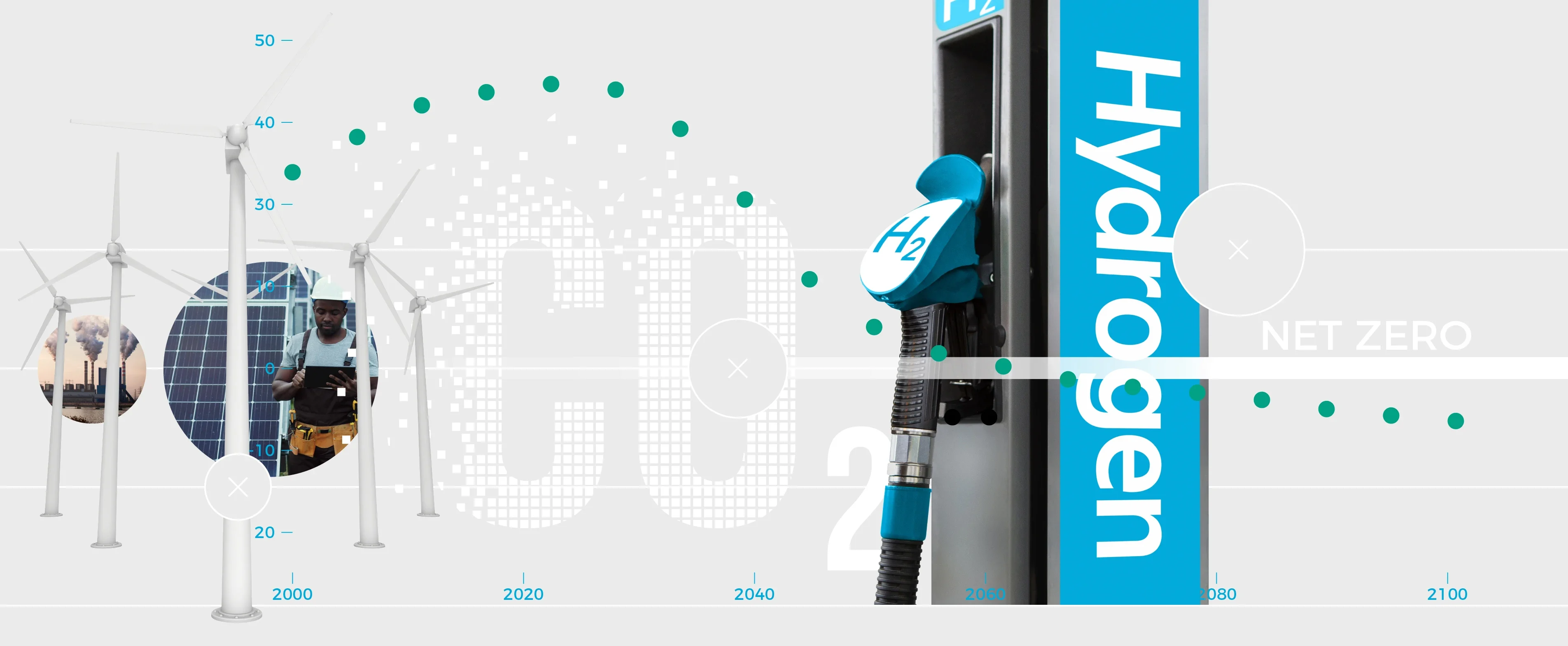Future Horizons:
10-yearhorizon
Energy storage innovations grow renewable market share
25-yearhorizon
Fusion investments begin to pay off
Much of this growth is due to rapidly falling costs. Solar and wind are now routinely cheaper than fossil fuels.11 This has occurred despite ongoing government subsidies of fossil fuels, which may become indefensible as battery technology improves and undermines the argument that fossil fuel-based generating capacity is necessary for when there is no wind or sunshine. A number of promising developments in materials science offer hope of increased efficiency for photovoltaics.12
There has been considerable disagreement about the role that can be played by hydrogen.13 In theory, hydrogen produced by renewable energy (“green hydrogen”) is entirely renewable. In practice, the high demand for renewable electricity means that there tends to be little left over for hydrogen production. Hydrogen may have a relatively limited role to play as “blue hydrogen”, generated as a by-product of fossil fuel combustion. Though it will not be a zero-carbon fuel until carbon capture can be achieved at commercial scales, blue hydrogen could nonetheless help mitigate “hard-to-abate” emissions. Related “Power to X” technologies, such as synthetic fuels made using renewable electricity, are promising, but face efficiency challenges.
Nuclear fission and fusion may also have roles to play. Small-scale nuclear fission reactors are also under development, although their chances of commercial success remain difficult to predict.14 Commercial-scale fusion plants are still probably decades away.15
Renewable energy - Anticipation Scores
The Anticipation Potential of a research field is determined by the capacity for impactful action in the present, considering possible future transformative breakthroughs in a field over a 25-year outlook. A field with a high Anticipation Potential, therefore, combines the potential range of future transformative possibilities engendered by a research area with a wide field of opportunities for action in the present. We asked researchers in the field to anticipate:
- The uncertainty related to future science breakthroughs in the field
- The transformative effect anticipated breakthroughs may have on research and society
- The scope for action in the present in relation to anticipated breakthroughs.
This chart represents a summary of their responses to each of these elements, which when combined, provide the Anticipation Potential for the topic. See methodology for more information.



